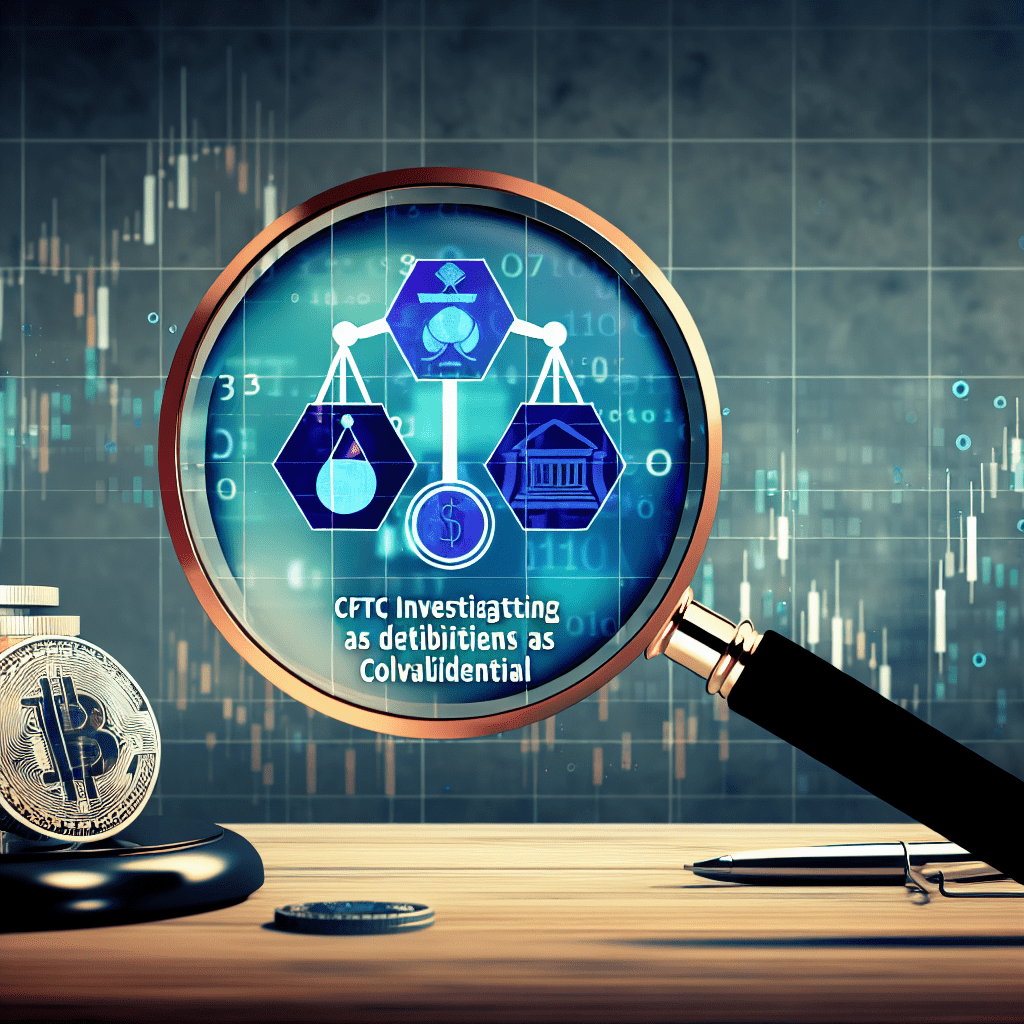The US Commodity Futures Trading Commission is considering allowing tokenized assets, including stablecoins, to be utilized in derivatives markets as collateral, a move that has garnered support from crypto executives.
CFTC acting chair Caroline Pham stated on Tuesday that her agency will “collaborate closely with stakeholders” regarding the initiative and is welcoming feedback on the use of tokenized collateral in derivatives markets until Oct. 20.
“The public has indicated: tokenized markets are now a reality, and they represent the future. I have long maintained that collateral management is the ‘killer app’ for stablecoins in markets.”
If enacted, stablecoins such as USDC (USDC) and Tether (USDT) would be regarded similarly to conventional collateral like cash or US Treasurys in regulated derivatives trading. Earlier this year, Congress passed legislation regulating stablecoins, which have seen increased adoption among financial institutions.
Support from stablecoin and crypto leaders
Circle president Heath Tarbert remarked that the GENIUS Act “establishes a framework where payment stablecoins issued by licensed US companies can serve as collateral in derivatives and other traditional financial markets.”
“Utilizing trusted stablecoins like USDC as collateral will reduce costs, mitigate risks, and enhance liquidity across global markets around the clock,” Tarbert added.
President Donald Trump signed the GENIUS Act into law in July, aiming to establish clear guidelines for payment stablecoins, although it is still pending final regulations for execution.
Coinbase chief legal officer Paul Grewal also supported the initiative and mentioned in a post on X that “tokenized collateral and stablecoins have the potential to unlock US derivatives markets and position us ahead of global competitors.”
Meanwhile, Jack McDonald, senior vice president of stablecoins at Ripple, expressed that the initiative is a crucial step toward integrating stablecoins into the “core of regulated financial markets,” enhancing efficiency and transparency in derivatives markets.
“Establishing clear rules for valuation, custody, and settlement will provide institutions the assurance they need, while restrictions on reserves and governance will foster trust and resilience.”
Ongoing initiative since early 2025
Pham indicated that the tokenized asset initiative will expand on the CFTC’s Crypto CEO Forum and is part of the previously announced crypto sprint aimed at applying the recommendations from the President’s Working Group on Digital Asset Markets.
The crypto CEO forum in February called upon crypto industry CEOs to contribute input on an upcoming digital asset pilot project and discussed utilizing tokenized non-cash collateral.
Related: CFTC adds crypto leaders to digital asset group, JPMorgan exec tapped for co-chair
The CFTC’s Global Markets Advisory Committee also published a recommendation last year from its Digital Asset Markets Subcommittee regarding the expansion of non-cash collateral through distributed ledger technology.
Evolving US crypto regulatory landscape
Pham’s announcement coincided with Securities and Exchange Commission Chair Paul Atkins revealing that his agency is working on an innovation exemption, which would serve as a regulatory carve-out, offering crypto firms temporary relief from existing securities regulations while the SEC formulates tailored regulations.
In July, he also introduced Project Crypto, which aims to modernize the regulatory framework around crypto and transition America’s financial markets onto blockchain technology.
Magazine: US risks being ‘front run’ on Bitcoin reserve by other nations — Samson Mow

